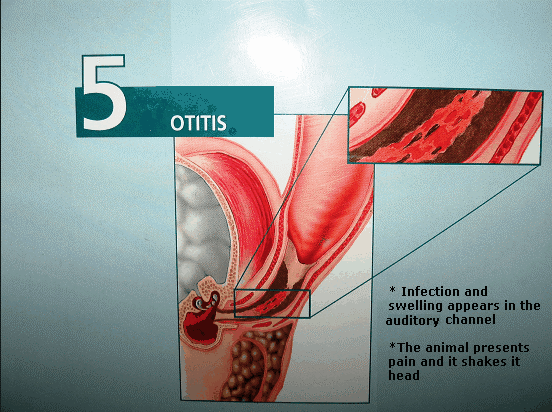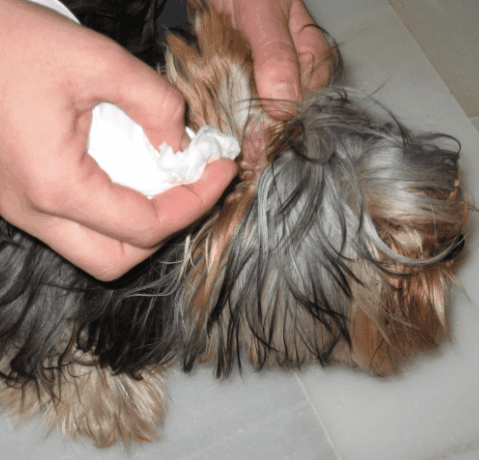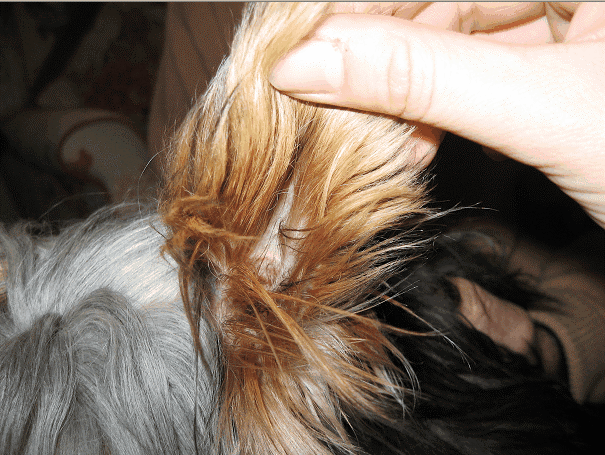Ears
The auditory ear canal of a dog has the shape of an "L", as you can see in the image below. Thus, it is extremely important NOT to use the regular cotton swabs (plastic or otherwise) we use ourselves because they push any dirt INSIDE leaving the rest of the ear without any ventilation due to the "cork" we create.

This is the diagram of the ear of a dog if we were able to look inside. Here, the area were dirt might accumulate is marked by a box if we were to push it with a cotton swab.
Yes. We need to keep their ears clean. To do this, use a clean and sterile gauze to clean all the wrinkles removing any accumulated dirt you find in that area.

Never clean on the inside, only around the main orifice leading to the auditory canal.
The first thing we need to get used to is the natural smell od the ear of a dog to be able to tell when it needs cleaning.
There are some races which are more likely to suffer from otitis, such as the German Shepard, and all those races whose orifice is covered by the ear, such as a basset hound, cocker,.. Other races which are likely to suffer from this are those with a lot of hair. Hair grows even inside the ear preventing a proper ventilation and thus favouring bacterial growth. In these cases, the veterinary will let us know when it is a good moment to remove this hair from its ear. In this case, the dog need to be anaesthetized since the process is quite painful.
.

In this picture, you can see the way hair looks when it grows inside the ear.
We need to be able to tell if the ear of our dog is bent because the cartilage is weak or if it is a case of otitis, which can affect one or both ears, depending on the cause.

